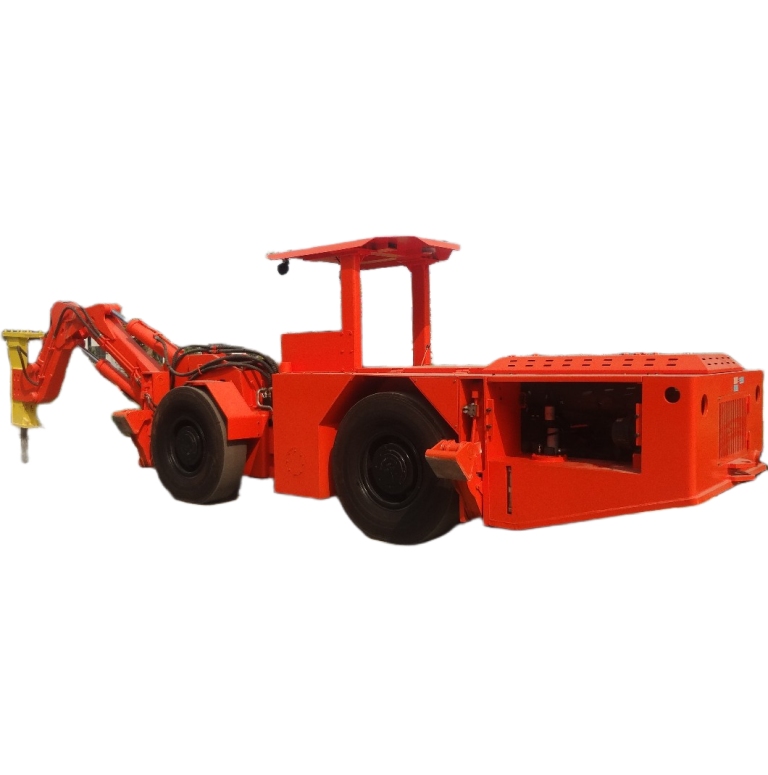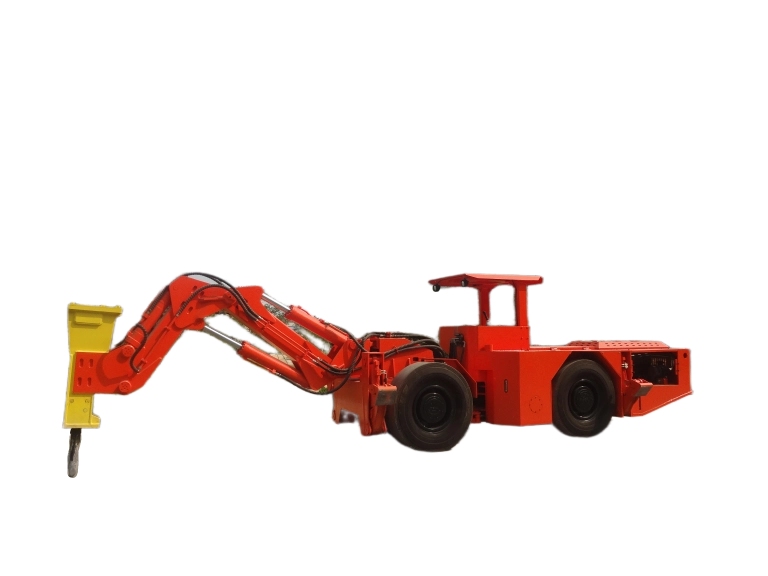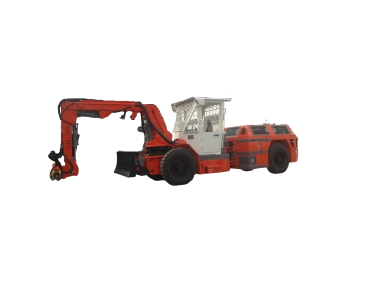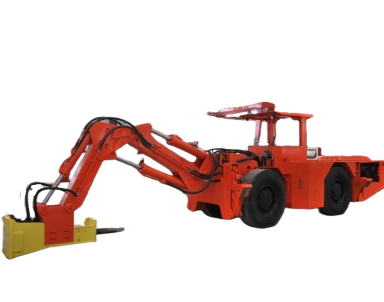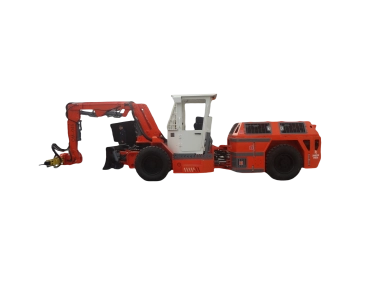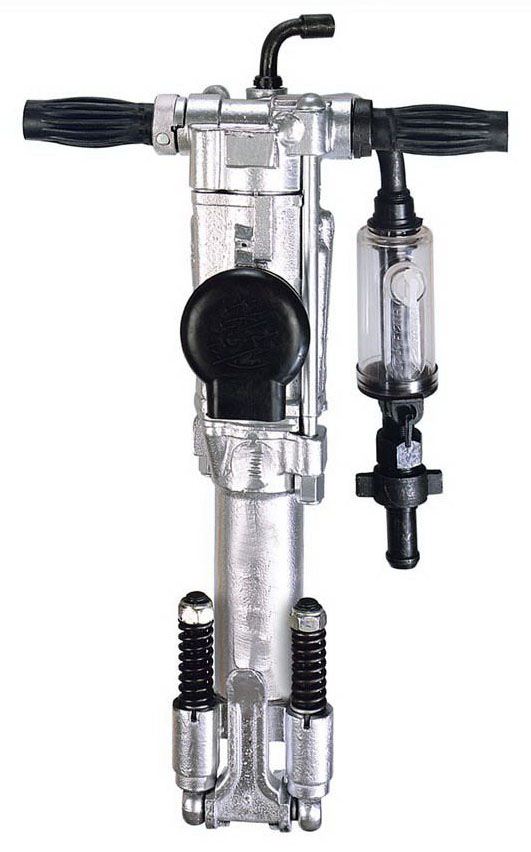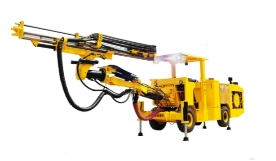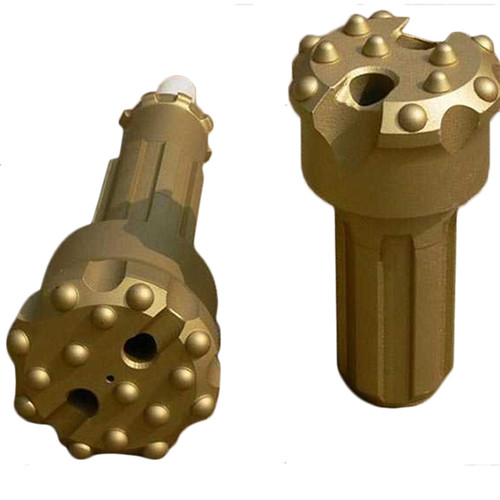Ever wonder if your team pulls out the rock breaker too often or not enough? In underground mining, it’s a tool that can save time or sit idle, depending on your setup. Getting the rhythm right matters. It keeps things moving without extra wear. This post digs into how often folks use rock breakers in daily work. We’ll look at real scenarios, what drives the need, and ways to make it fit your site. If you’re running a crew or planning shifts, stick around. You might spot ways to smooth out your flow.
The Role of Rock Breakers Underground
Down in the tunnels, rock breakers handle the tough stuff. They smash oversized chunks that blasting leaves behind. Without them, loaders jam up, and hauls slow down.
Breaking Down the Basics
A rock breaker attaches to a machine arm. It uses hydraulic power to pound rock into smaller bits. Think of it as a giant hammer for the hard spots. In tight spaces, it clears paths fast. No need for extra blasts that risk the roof.
Operators like them for quick fixes. A boulder blocking the way? Hit it a few times, and you’re back to loading. But overdo it, and you burn fuel for no gain.
Why Underground Differs from Surface Work
Surface mines have room for big breakers on excavators. Underground, everything shrinks. Narrow veins mean compact tools. You use them more for precision, less for bulk crushing.
Dust and poor air add challenges. Breakers stir up particles, so ventilation counts. Still, they beat manual picks or waiting on drills.
Factors That Dictate Usage Frequency
Not every shift calls for the breaker. It hinges on your mine’s quirks. Rock type plays big. So does how you blast.
Rock Hardness and Composition
Hard granite? Expect daily use. It fractures unevenly, leaving big lumps. Softer limestone might need it weekly. Test your ore. If it’s abrasive, breakers wear quick but get pulled often.
- Dense rock: Use 2-3 times per shift to clear oversize.
- Fractured veins: Less frequent, maybe once every few days.
Mix in water, and slippery surfaces demand more breaks to keep grip.
Blasting Techniques and Efficiency
Good blasts mean small fragments. Poor ones leave giants. Tune your explosives, and breaker time drops by half. Many sites use it after every blast cycle to tidy up.
Inconsistent powder? Breaker becomes your cleanup crew, hitting the scene multiple times a day.
Site Layout and Equipment Integration
Tight tunnels limit movement. If your loader can’t scoop big rocks, breaker steps in often. Pair it with scalers for loose stuff first.
Bigger operations with crushers nearby use breakers less. Small setups rely on them more, up to several hours weekly.
| Factor | Low Frequency Example | High Frequency Example |
| Rock Type | Soft, even breaks (weekly) | Hard, jagged (daily) |
| Blasting | Precise, small pieces (rare) | Inconsistent, large chunks (frequent) |
| Layout | Wide tunnels, easy haul (occasional) | Narrow veins, tight turns (regular) |
Typical Usage Patterns in Operations
How often do teams fire up the breaker? It varies. Some mines log hours daily. Others dust it off monthly.
Daily Routines in Active Mines
In busy underground spots, it’s common after blasts. Say, 1-2 hours per shift. Clear the draw points, break oversize at the face. Keeps the cycle going: drill, blast, break, load.
One crew might use it every morning to start fresh. Another saves it for jams, hitting 3-4 times a week.
Weekly or Monthly in Stable Setups
Calmer sites with steady rock? Maybe bi-weekly. Maintenance checks include it, but actual pounding is sparse. If your haul trucks handle bigger loads, breaker stays parked.
Stats from industry chats show 20-30% of shifts involve breakers in hard rock mines. Softer ones? Under 10%.
Seasonal or Project-Based Variations
Wet seasons bring more cave-ins. Breaker use spikes. Dry times? Less need. New tunnels demand it often at the start, then taper off.
Track your logs. If it’s out more than expected, tweak blasting.
Benefits of Smart Rock Breaker Deployment
Use it right, and your operation shines. It cuts downtime. Boosts safety too.
Boosting Productivity and Flow
Fewer jams mean steady hauls. One site cut delays by 25% with regular breaker runs. Loads move faster, tons pile up.
It helps in narrow spots where big rocks block everything. Quick breaks keep the line rolling.
Enhancing Safety on Site
Manual breaking risks falls or strains. Breakers do it from afar. Less exposure to dust or unstable walls.
Teams build trust when tools work well. It shows you’re serious about safe, smooth runs.
Cost Savings Over Time
Fuel and parts add up, but less downtime pays off. Regular use prevents big fixes later. Think long: a breaker session now saves hours tomorrow.
Sites that track frequency often see lower overall costs. It’s about balance, not overuse.
Maintenance Tips to Match Your Usage
How often you use it sets the care routine. Heavy duty? Check daily.
Daily Checks for Frequent Users
Look at hoses for leaks. Clean the chisel. Grease joints. Takes minutes, saves hours.
If it’s out every shift, inspect wear parts twice a week.
- Hydraulic fluid: Top up often.
- Mounting: Tighten bolts.
Weekly Routines for Moderate Use
Flush systems. Test pressure. Rotate if you have spares.
Bullet points help here:
- Check seals for cracks.
- Run diagnostics on hydraulics.
- Store dry to avoid rust.
Long-Term Care for Occasional Deployment
Even idle breakers need love. Monthly starts prevent seizures. Cover from dust.
Pair with training. Operators who know the tool use it less but better.
Building Your Operation’s Reputation
Smart breaker use marks you as pros. Clients notice fewer halts, steady output. It lifts your brand: reliable, safe, efficient.
Share stories. “We cut breaker time by refining blasts, upped tons by 15%.” Draws eyes, builds cred.
In a field where downtime kills, this edge sets you apart.
Introducing Yantai Chi Hong Machinery Co., Ltd.
When it comes to underground rock breakers, Yantai Chi Hong Machinery Co., Ltd. delivers solid options. This Chinese firm has over a decade in mining gear, with a big base cranking out tools that meet global marks like CE and ISO. They handle everything from loaders to trucks and breakers, all with a focus on tough builds and custom fits. Their crew mixes tech pros and hands-on workers for gear that lasts in harsh spots. After-sales? They offer quick fixes, training, and parts to keep your site humming. A go-to for breakers that fit tight underground work.
Заключение
Summing up, how often you use a rock breaker in your operations ties to your rock, blasts, and layout. Get the balance, and it drives smoother runs, safer shifts, and better bottom lines. Track it, tweak it, and watch your work improve.
Часто задаваемые вопросы
How often do teams typically use a rock breaker in underground operations?
In hard rock setups, it’s often daily after blasts to clear chunks. Softer sites might pull it out weekly or less, depending on jam frequency.
What factors increase how often you use a rock breaker in your operations?
Tough rock or poor blasting ramps it up, sometimes to multiple times a shift. Tight tunnels also call for more use to keep paths open.
Can reducing how often we use a rock breaker in operations save costs?
Yes, better blasts cut need, lowering fuel and wear. But skimping risks jams, so aim for smart, not rare, use.
How does maintenance affect how often you can use a rock breaker in your operations?
Regular checks let you use it more without breaks. Daily grease for heavy use keeps it ready, stretching service life.




